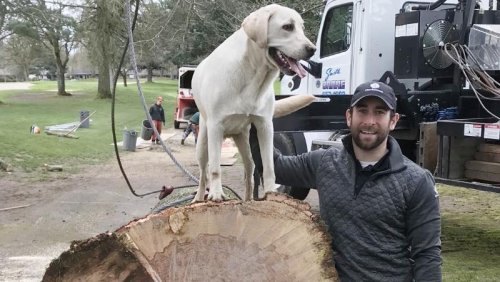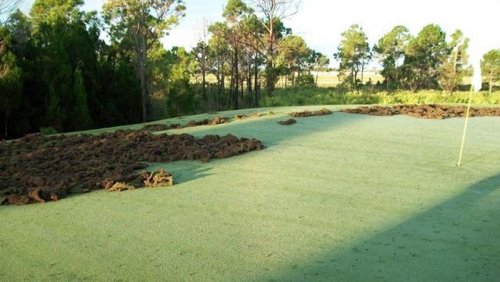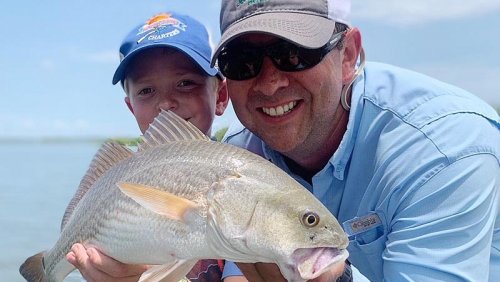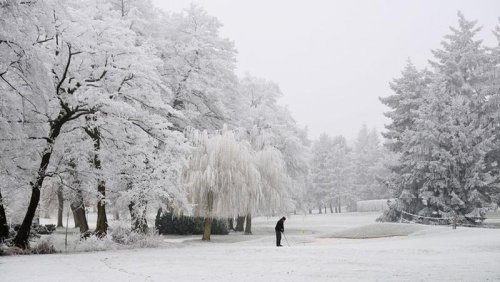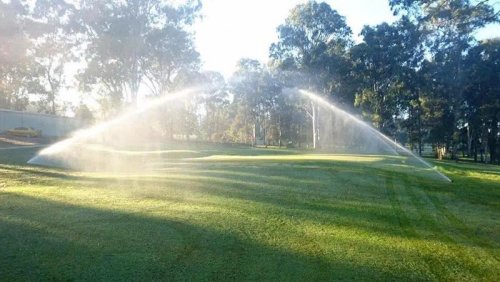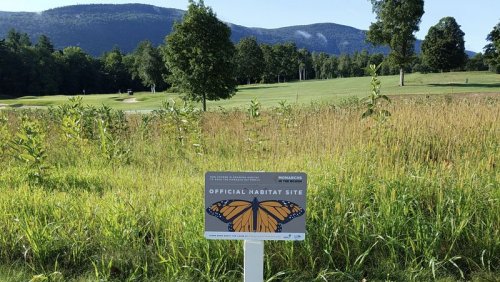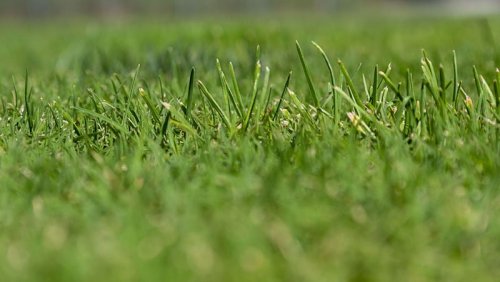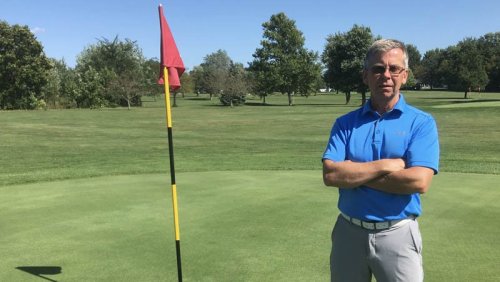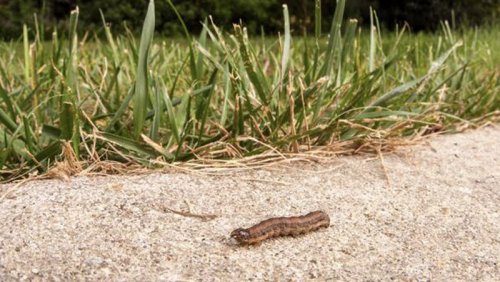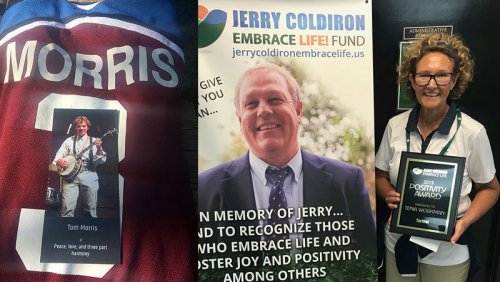

The former greenkeeper at St. Andrews Links for 21 years until he retired in 1995, Woods died Sept. 18 following a long illness. He was 84.
A native of Clackmannanshire, Scotland, Woods got his start at a local nine-hole facility, Tillicoultry Golf Club. According to BIGGA, he was the golf professional and greenkeeper at Alloa Golf Club before eventually moving on to St. Andrews in 1974 where he remained until his retirement 21 years later when he became a consultant to the PGA European Tour.
He was the host superintendent for four Open Championships, a feat of major championship success largely unheard of anywhere in the world not named Augusta, including two won by Jack Nicklaus.
When the Open came through St. Andrews, Woods was known to have played practice rounds with Nicklaus. Later in life, he cited Nicklaus’s Open wins in 1970 and 1978 among his favorite golf memories.
Brian Stiehler, superintendent at Highlands Country Club in Highlands, North Carolina, worked for Woods’ protege Eddie Adams at St. Andrews in 1999, and was fortunate enough to meet the legendary greenkeeper and forge a lasting relationship with him.
"Walter was a kind man and drew the respect of all who knew him," said Stiehler, who is pictured with Woods in the photo above right. "He was admired by the entire team on the Old Course and an icon in the town of St.Andrews. Walter mentored a large number of greenkeepers, and this is a huge loss to the industry as a whole. He will always be remembered as a great man and innovator."
Woods was a leader in the formation of BIGGA and its support program that provides members the opportunity to volunteer at The Open and other championships in Europe. He also is considered a pioneer in modern British greenkeeping. Architect Tom Doak has said he credits Woods for much of what he knows about turf maintenance and deeply influenced his design philosophy.
Woods is a recipient of the Order of the British Medal award given by the crown for meritorious service, and was the winner of the 2002 Old Tom Morris Award.
Survivors include wife Caroline, sons James and Walter, daughter Caroline, and several grandchildren and great-grandchildren.
- Read more...
- 2,807 views

